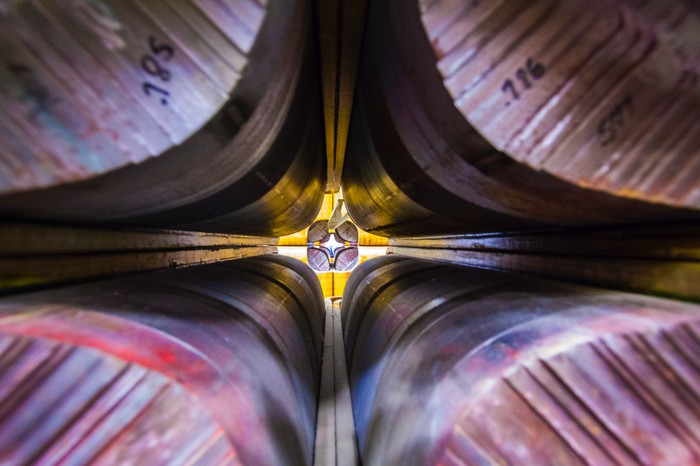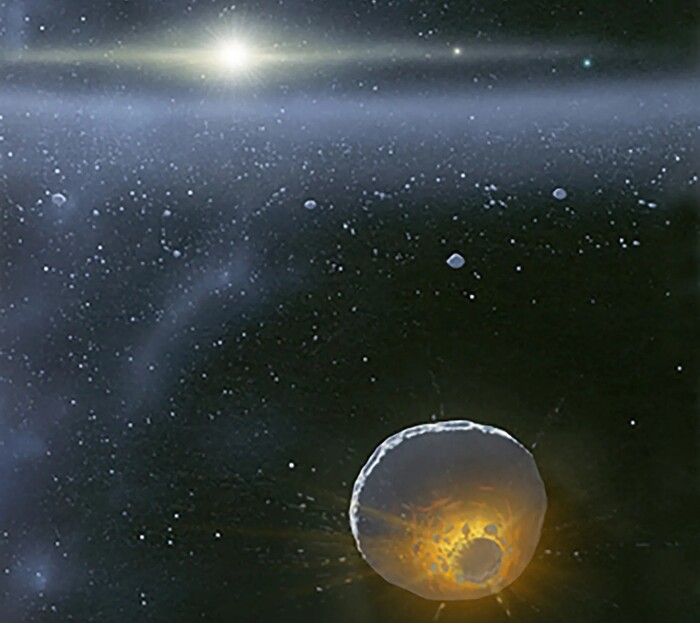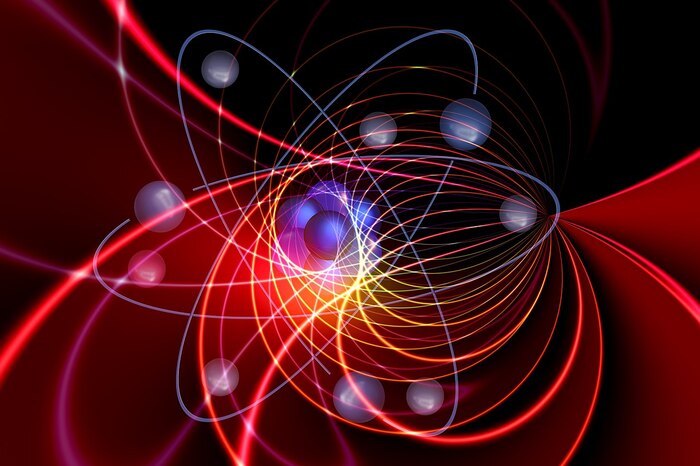Obtained the evidence of a phenomenon not foreseen by the current theory of reference of physics, the Standard Model, and which could open a window on the 'new physics'.
The result is announced by the Fermi National Accelerator Laboratory (Fermilab) in Batavia (Chicago) and was obtained by the international collaboration 'Muon g-2', in which Italy participates with the National Institute of Nuclear Physics (Infn).
Published in Physical Review Letters, the result is "the most solid indication of the possible presence of new physics", Graziano Venanzoni, of the Infn section of Pisa, told ANSA.
"Today is an extraordinary and long-awaited day by the entire international particle physics community," said Venanzoni, who is also co-spokesperson for the experiment with Chris Polly of Fermilab.
Composed of 200 researchers from 35 institutions in 7 countries, the Muon g-2 collaboration showed that elementary particles called muons behave in a way not foreseen by the Standard Model.
The experiment measured the magnetic properties of these electron-like elementary particles, but with a mass about 200 times greater, generated in nature when cosmic rays interact with the Earth's atmosphere.
The result confirmed the measurement obtained 20 years ago at another American particle accelerator, that of the Brookhaven National Laboratory, near New York.
The Brookhaven measurement showed a significant difference in the behavior of muons compared to the Standard Model.
"Our experiment not only confirmed the Brookhaven result - said Venanzoni - but together with the previous one it strengthened the evidence of the possible presence of new physics."
By combining the new measurement of the Muon g-2 experiment with the one obtained at Brookhaven, a gap of 4.2 standard deviations was reached, a value close to the 5 standard deviations necessary to formalize the discovery.
Unlike what happens in the Lhc accelerator of CERN, where new particles produced by collisions between protons are sought, in Fermilab the new particles are sought in the quantum vacuum in an indirect way, i.e. the effects they produce on the properties of the known particles.
In particular, it was observed what happens to the property of the muon called g-2, which is different from that foreseen by the Standard Model.
The discrepancy could be due to particles or forces of a new nature.
For Fermilab experts it is "the strongest evidence that our best theoretical model of the subatomic world is incomplete".
The experiment is collecting and analyzing new data for further confirmation of the results just achieved.











